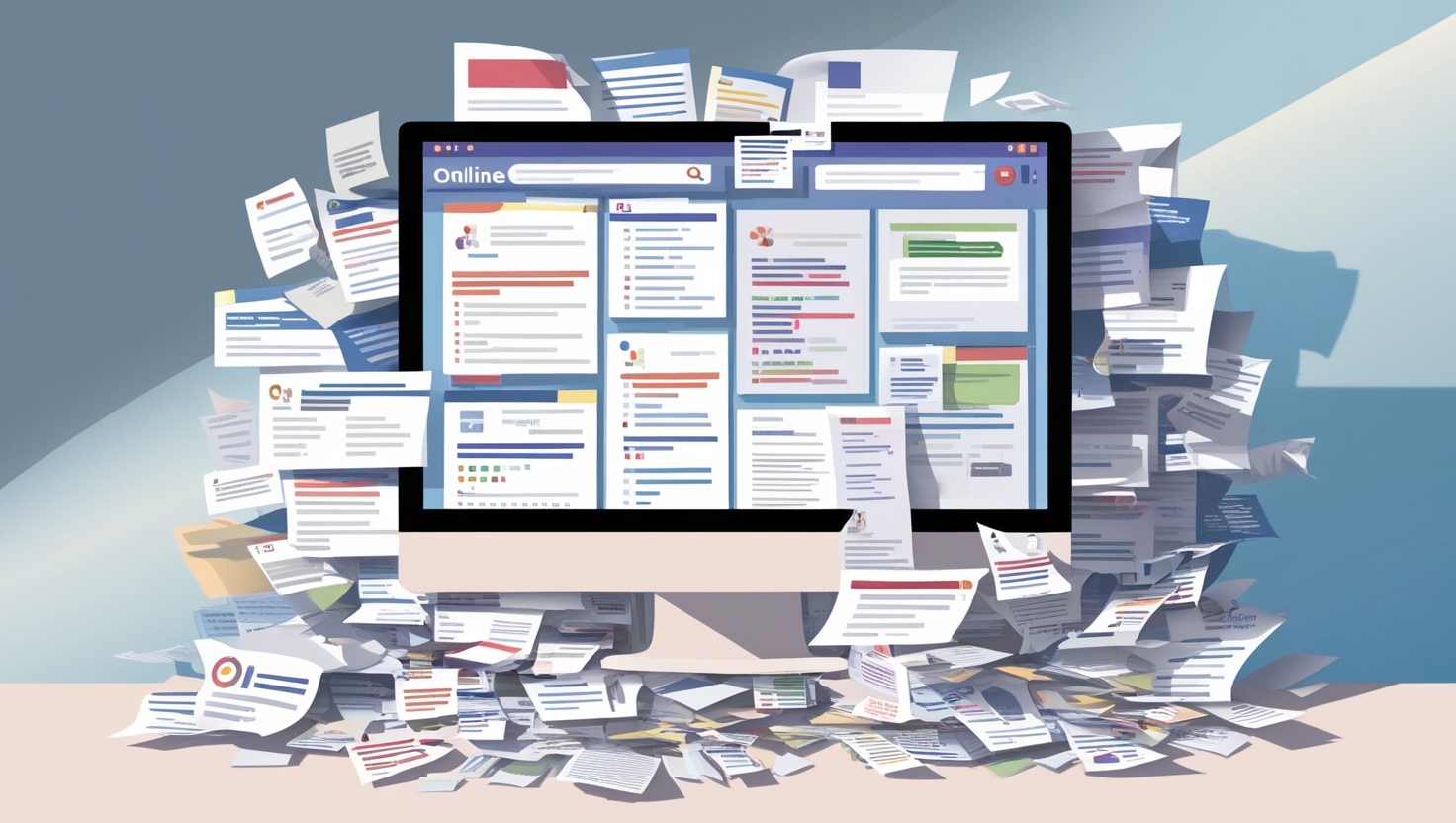Small businesses have long faced challenges in competing with big brands, particularly in the realm of content marketing. Limited budgets, smaller teams, and fewer resources often make it difficult for small businesses to match the scale and sophistication of larger competitors. However, the rise of artificial intelligence (AI) is leveling the playing field, empowering small businesses to create high-quality, engaging, and optimized content at a fraction of the cost and time. Platforms like WriterX.ai are at the forefront of this transformation, enabling small businesses to punch above their weight in the competitive world of content marketing. This article explores how AI can help small businesses compete with big brands and outlines actionable strategies for success.
The Challenges Small Businesses Face in Content Marketing
Before diving into the solutions AI offers, it’s essential to understand the unique challenges small businesses face in content marketing.
- Limited Budgets: Big brands have vast resources to spend on content creation, distribution, and promotion, whereas small businesses often operate on tight budgets.
- Smaller Teams: Small businesses typically lack the manpower to produce consistent, high-quality content across multiple platforms.
- Time Constraints: With fewer employees handling multiple roles, dedicating time to content marketing can be difficult.
- Limited Tools and Expertise: Access to advanced tools and professional expertise is often out of reach for smaller businesses.
How AI Levels the Playing Field
AI is revolutionizing content marketing by addressing these challenges head-on. Here’s how AI empowers small businesses to compete with big brands.
1. Cost-Effective Content Creation
One of the most significant advantages of AI is its ability to reduce the cost of content creation. AI tools like WriterX.ai automate tasks such as drafting, editing, and optimizing content, eliminating the need for large content teams.
- How It Works: AI generates high-quality drafts based on predefined parameters, saving time and money.
- Pro Tip: Use AI to create a mix of blog posts, social media updates, and email campaigns tailored to your audience. For a step-by-step guide, explore Step-by-Step Guide to Creating Your First Blog Post with WriterX.ai.
2. Scaling Content Production
AI allows small businesses to scale their content production without increasing overhead. By automating repetitive tasks and streamlining workflows, small teams can produce more content in less time.
- Why It Matters: Consistent, high-quality content is essential for building brand authority and engaging audiences.
- Pro Tip: Leverage bulk content generation features to create multiple pieces of content simultaneously. Learn more in Tips for Managing AI-Generated Content at Scale.
3. SEO Optimization Made Easy
Big brands often dominate search engine rankings due to their resources and expertise. AI helps small businesses compete by automating SEO optimization, from keyword placement to meta descriptions.
- How It Works: AI tools analyze search trends, user intent, and competitor strategies to create content that ranks well.
- Pro Tip: Use AI to identify high-value keywords and optimize your content for search engines. For detailed insights, read How to Get the Best SEO for AI-Generated Content.
4. Personalization at Scale
Big brands often use advanced analytics to personalize content for different audience segments. AI enables small businesses to do the same by analyzing user behavior and preferences.
- Why It Matters: Personalized content improves engagement and conversion rates.
- Pro Tip: Use AI to create tailored campaigns for specific audience segments. For ideas on how to craft personalized content, explore From Keywords to Conversions: How AI Can Transform Your Blogging Strategy.
5. Enhanced Analytics and Insights
AI-powered analytics provide small businesses with actionable insights into content performance, audience behavior, and market trends.
- How It Works: AI tools track key performance indicators (KPIs) such as engagement, traffic, and conversions, helping you refine your strategy.
- Pro Tip: Regularly review AI-driven insights to identify opportunities for improvement. For inspiration, check out How We Boosted Traffic Using WriterX.ai in Just 3 Months.
Actionable Strategies for Small Businesses
To maximize the benefits of AI, small businesses should adopt the following strategies.
1. Start Small and Scale Gradually
AI offers numerous features, but you don’t have to implement everything at once. Start with basic tools like keyword research and content drafting, then gradually integrate more advanced features.
- Why It Matters: A phased approach allows you to adapt and refine your strategy over time.
- Pro Tip: Begin by automating one aspect of your content workflow, such as blog drafting, then expand to include analytics and personalization.
2. Focus on Niche Topics
Competing with big brands for broad keywords can be challenging. Instead, target niche topics and long-tail keywords that cater to specific audience needs.
- Why It Matters: Niche content is less competitive and more likely to attract engaged readers.
- Pro Tip: Use AI to identify underserved topics and create in-depth content. Learn more about building niche authority in Building Publishing Empires: A Comprehensive Guide to Creating Your Own.
3. Combine AI with Human Creativity
AI is a powerful tool, but it works best when combined with human oversight. Use AI for efficiency, then refine the content with human creativity and emotional depth.
- Why It Matters: A balanced approach ensures your content is both optimized and engaging.
- Pro Tip: Use AI-generated drafts as a foundation and add storytelling elements to enhance relatability. For tips on perfecting this balance, explore AI vs. Human Writers: Who Wins in the Battle for Content Excellence?.
4. Monitor Performance and Adapt
AI analytics tools provide real-time insights into what’s working and what isn’t. Use this data to refine your content strategy and maximize ROI.
- Why It Matters: Continuous improvement is essential for staying competitive.
- Pro Tip: Regularly update older content based on performance data. For practical strategies, read The Evolution of Blogging: How AI is Changing the Game.
Success Stories: Small Businesses Using AI to Compete
A small e-commerce business used WriterX.ai to optimize its blog strategy. By targeting niche keywords and automating content creation, the company increased organic traffic by 60% and boosted sales by 35% within six months. For more real-world examples, explore The Ultimate Guide to Content Marketing with AI in 2025.
The Future of AI in Content Marketing for Small Businesses
As AI technology continues to advance, its role in content marketing will only grow. Emerging trends such as hyper-personalization, conversational AI, and predictive analytics will further empower small businesses to compete with big brands.
- Hyper-Personalization: AI will enable even more precise targeting based on user behavior and preferences.
- Conversational AI: Tools like chatbots and voice assistants will enhance engagement and customer service.
- Predictive Analytics: AI will predict future trends, allowing businesses to stay ahead of the competition.
AI is transforming content marketing, giving small businesses the tools they need to compete with big brands on a level playing field. By leveraging platforms like WriterX.ai, small businesses can create high-quality, personalized, and optimized content at scale. Whether you’re just starting with AI or looking to refine your strategy, the key is to combine AI’s efficiency with human creativity and adapt based on real-time insights. Ready to take your content marketing to the next level? Start with WriterX.ai today and explore more tips on the WriterX.ai blog.










